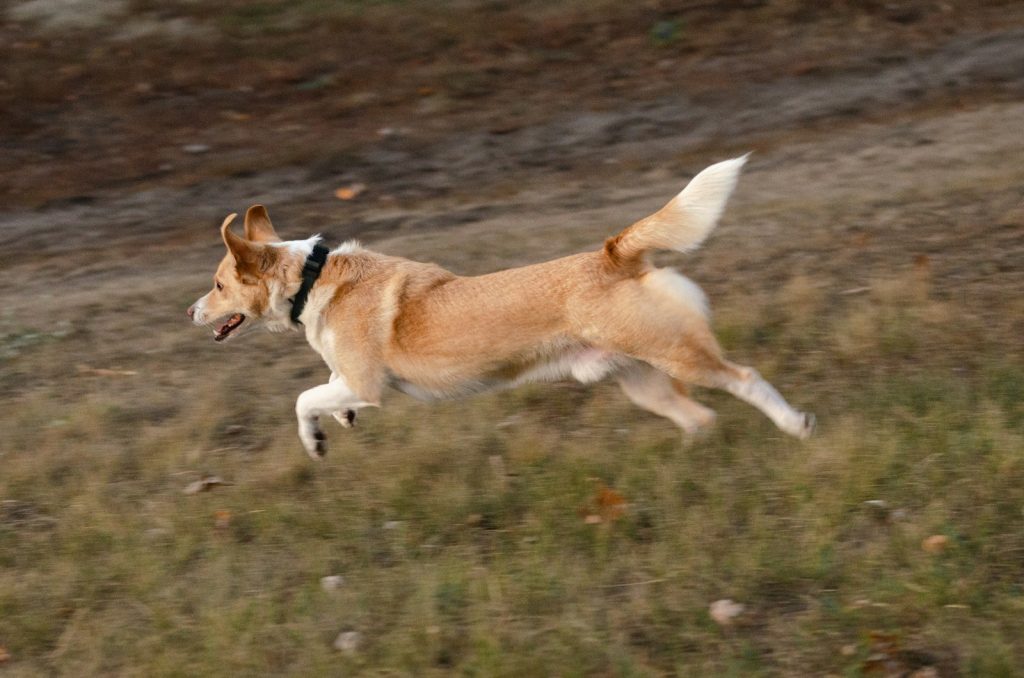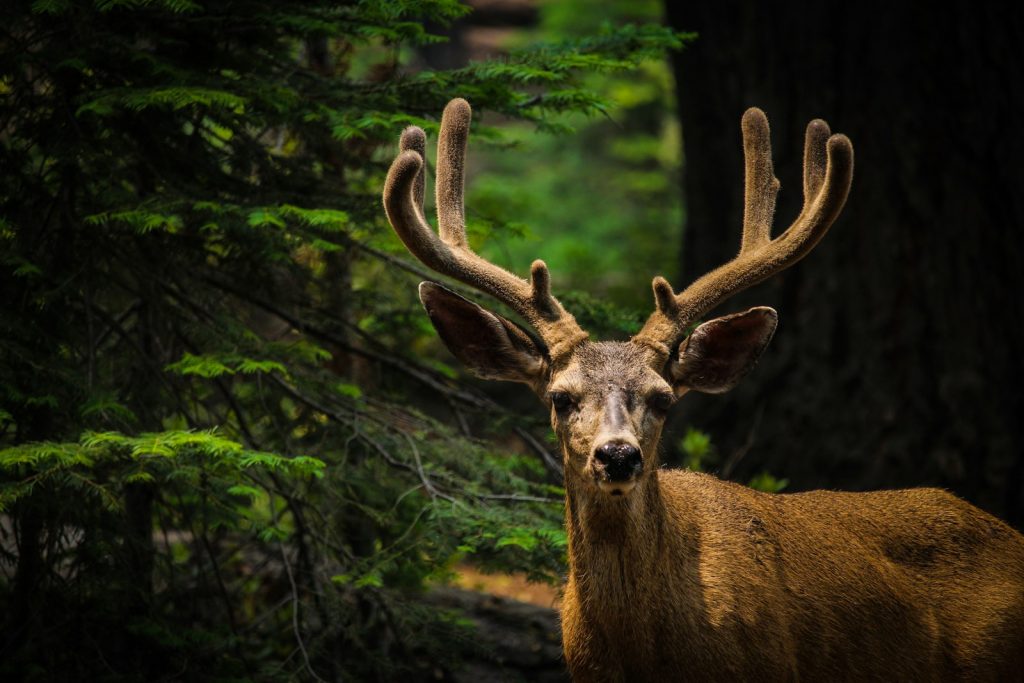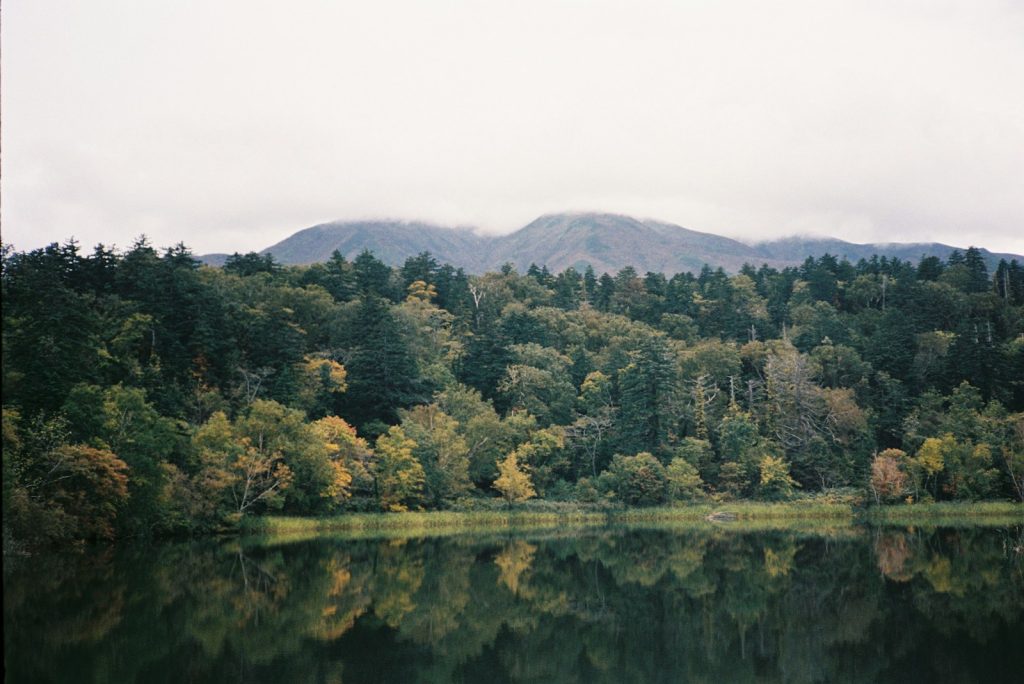The Nose Knows: A New Life for Hounds
When you hear the word “hound,” you probably think of a trail chase. But imagine if that powerful nose—the dog’s most exquisite tool—was employed not for the pursuit of prey, but for the protection of wildlife and the restoration of habitat.
This is the reality of Conservation Hounds. Across Washington, trained scent dogs are taking on new, positive roles, becoming non-lethal agents in our mission to protect and restore forests, wetlands, and streams. This is the story of how we are retraining these loyal, focused animals to become the ultimate allies for nature protection.
New Tricks: The Positive Roles of Conservation Hounds
The versatility of a trained hound goes far beyond simple patrolling.
- Non-Lethal Deterrence: As discussed in Post 4, a hound trained to detect human trespass can act as an early warning system. Their presence alone can discourage unauthorized hunting activity, preventing the killing of animals without ever resorting to direct confrontation.
- Wildlife Rescue and Recovery: Hounds can be trained to locate injured or orphaned wildlife (like a fawn separated from its mother or an injured bird) by detecting their distress scent. This allows human rescue teams to quickly find and treat the animal, vastly increasing its chances of survival.
- Invasive Species Detection: This is a huge win for restoration. Dogs can be trained to sniff out the scent of destructive plants, such as Scot’s Broom or specific invasive grasses, even when the plants are dormant or barely visible. This allows habitat managers to target and remove weeds with pinpoint accuracy, making restoration efforts far more efficient.
- Ecological Survey Support: Believe it or not, hounds can be trained to locate scat (feces) from rare or protected species (like wolves or specific owls). This non-invasive method allows scientists to gather DNA and dietary information without ever disturbing the animal itself.
Training for a Protective Purpose
A conservation hound is trained with a very different mindset than a hunting dog. The focus is on obedience, control, and a positive relationship with the handler.
- Obedience and Containment First: An off-leash conservation dog must have impeccable recall and boundary respect (which can be supported responsibly by containment tools like an electric fence, as detailed in Post 4).
- The Reward is Not the Chase: The dog must be trained to locate the target scent (a trespasser, an injured animal, an invasive weed) and then receive a reward (a treat, a favorite toy, praise) from the handler. The focus is on alerting the handler, not on pursuing or engaging with the scent target.
Case Study: Weed Warriors in the Pacific Northwest
Imagine a restoration site near Tacoma that is battling a new invasion of a tricky invasive weed. Instead of spending weeks manually searching the entire acreage, a handler walks a conservation hound across the property. The dog puts its nose to the ground, works quickly, and sits down right where a tiny, newly sprouted clump of the weed is hiding. This is targeted, surgical conservation—a monumental improvement over traditional, time-consuming methods.
Good Dogs, Good Work
Hounds are not just a part of the old hunting tradition; they are a sophisticated, non-lethal asset for the modern conservation movement. When trained with purpose and compassion, they embody our commitment to protecting all life and making Washington’s wild spaces healthier and safer for every creature.


